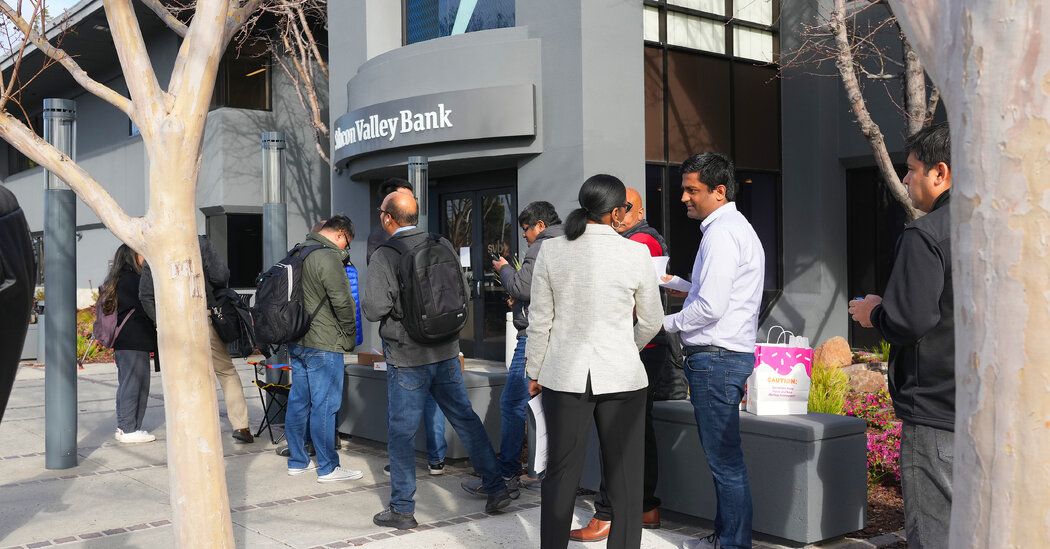Whoops! Foxconn might have accidentally bought an automaker
Last November, upstart EV maker Lordstown Motors was in bad shape.
It was supposed to get a rescue from a $170mn common and preferred stock financing deal with Foxconn. The Asian contract manufacturer agreed not only to inject cash, but also to take over production for the EV maker.
The rescue attempt did not succeed in keeping Lordstown out of bankruptcy. It filed for Chapter 11 on Tuesday, and among other things, accused Foxconn of failing to meet its various financial and operating obligations. Of several points of contention, one stood out.
As part of the November deal, Foxconn was supposed to buy 26.9mn shares, or around a tenth of Lordstown equity, at $1.76 per share, for total proceeds of $47.3mn. That purchase was only to happen months down the road after the deal got through the Cfius, US national security review.
As Lordstown deteriorated through winter and spring, its shares fell to well under $1, leaving the company at risk of being delisted from Nasdaq. The agreed-upon $1.76 purchase price — Lordstown’s share price from November — was not looking so hot for Foxconn.
And so to avoid delisting, Lordstown went to a common trick: it executed on May 23rd a reverse 1-for-15 stock split to reduce its share count, proportionally boost its share price but obviously leave its aggregate equity value unchanged. That is, the accounting move would not increase or decrease the company’s total market capitalisation.
Normally, all related per-share metrics would simply readjust accordingly, including deal terms. But Lordstown has not had a normal year.
Per its Tuesday lawsuit filed against Foxconn: “[on] June 5, [Foxconn] asserted for the first time in a letter . . . that because of the company’s 1:15 reverse stock split, it was now entitled to purchase not the 10 per cent of the common stock of the company that had been agreed, but 62.7 per cent for the same $47.3 million price.”
Lordstown has effectively argued that Foxconn should pay $26.40 per share ($1.76 x 15) for 1.79mn shares (26.9mn / 15) in a $47.3mn investment that would still net the buyer a tenth of Lordstown, based on the adjusted share count.
But after the reverse share split in May, Lordstown’s shares were trading around $3.70 — the equivalent of 25 cents per share before the reverse split — and buying at 7 times the market price did not appeal for Foxconn.
If the old terms had carried through, however, Foxconn could buy $47.3mn worth of stock at a nominal $1.76/share, and receive more than 60 per cent of the company, because of the smaller share count after the reverse split.
Foxconn pointed out in a June 5th letter to Lordstown that the contract, based on its reading, does not call for any split adjustment on the common stock purchase even while such a split adjustment appears for the separate preferred stock component. In other words, if Lordstown and its lawyers had wanted such protection it should have or could have bargained for such:
In its defence, Lordstown in its lawsuit this week against Foxconn does not quite point to any specific contractual protection in the investment agreement. Rather, it says the investment agreement and filings with Cfius contemplate Foxconn owning less than 20 per cent of Lordstown, therefore a split adjustment must then be implied:
“It is unclear whether this newly concocted position was just one more effort to sabotage the deal or to capture a windfall by stealing control of the Company for what it was supposed to pay for 10% of the stock. But either way, Foxconn’s position was in clear violation of the Investment Agreement. The Company demanded that Foxconn’s withdraw its absurd argument and close the transaction on the agreed terms.”
Moreover, if Foxconn’s reading of the contract was confirmed, then Lordstown said it could simply have implemented a traditional stock split which would have increased the share count and proportionally decreased the Lordstown stock price and then massively diluted Foxconn by forcing them to pay $1.76 per share for the $47.3mn when Foxconn’s trading price would only be a penny or two:
“[Foxconn’s] position would mean that the Company could have effectuated a 30:1 stock dividend (which is has the right to do under the Investment Agreement) and FVP would have been required to pay $47.3 million for a mere fraction of the capital stock of the Company, which is an absurd interpretation of the Investment Agreement.”
(Lordstown’s unaffected stock price right now would be 25 cents ($3.75/15). 25 cents divided by 30 would be less than a penny.)
In the bankruptcy case, Lordstown is seeking to sell its remaining assets and IP. Foxconn is, after all this, a natural buyer, and perhaps they figure out the multiplication and division to split the difference in this dispute.
November 7th agreement between Lordstown and Foxconn
Lordstown v. Foxconn lawsuit
Source: Financial Times


